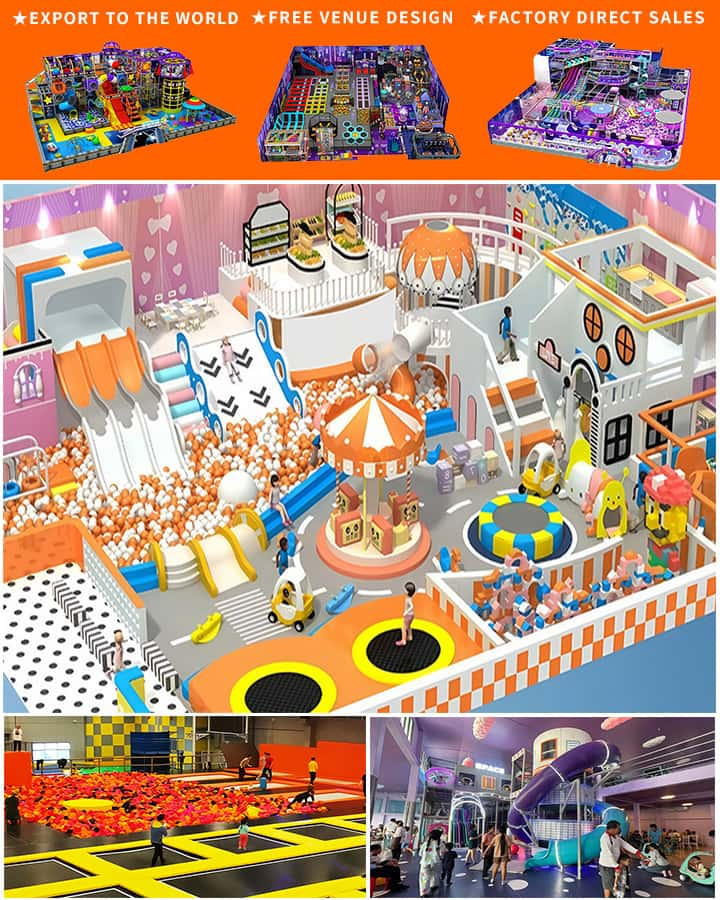Creating a dedicated indoor playground in your home can be an exciting and fulfilling project for both children and parents. With a bit of creativity and planning, you can transform a section of your house into a fun, safe, and stimulating environment where kids can play, learn, and grow. Here are some key elements to consider when setting up an indoor playground at home:
Design and Layout
The first step in creating an indoor playground is to design the layout based on the available space and your specific needs. Whether you’re converting a spare room, a basement, or even a corner of a living area, think about how you want to maximize the space while ensuring safety. Consider using multifunctional furniture like storage benches, climbing walls, and foldable play structures that save space when not in use.
Safety First
Safety should always be your top priority when designing an indoor playground. Use non-toxic, durable materials for all surfaces and ensure that any equipment is age-appropriate and well-anchored to prevent tipping or falling. Install soft flooring options like foam mats or rubber tiles to cushion falls. Additionally, keep the area well-lit and free from choking hazards or sharp edges.
Fun Features

To make the indoor playground engaging, incorporate a variety of fun features that cater to different interests and age groups. Some popular options include:
Climbing Walls: Perfect for burning off energy, climbing walls encourage physical activity and improve motor skills. Choose ones with textured surfaces for better grip.
Slides: A classic playground favorite, slides add excitement and can fit into various spaces, from compact spiral designs to larger straight slides.
Trampolines: For energetic kids, a mini trampoline provides bouncing fun and helps develop coordination and balance. Make sure it’s securely installed to avoid accidents.
Interactive Toys and Games: Include interactive elements like building blocks, puzzles, or sensory toys to stimulate creativity and cognitive development.
Reading Nooks: Don’t forget to create cozy corners with bean bags, bookshelves, and plush toys where kids can relax and read.
Educational Opportunities
An indoor playground doesn’t have to be just about physical play; it can also be a hub for learning. Integrate educational components such as alphabet walls, counting games, or science experiment kits. These additions can make playtime both fun and educational, fostering curiosity and lifelong learning.
Maintenance and Upkeep
Regular maintenance is essential to keep the indoor playground safe and enjoyable. Clean and sanitize toys and surfaces frequently, check for wear and tear on equipment, and ensure that everything remains secure. Encourage kids to pick up after themselves to maintain a tidy and organized space.
Personal Touch
Finally, make the indoor playground uniquely yours by adding personal touches that reflect your family’s interests and style. Custom murals, themed decorations, or personalized nameplates can make the space feel special and inviting.
In conclusion, creating an indoor playground for your house is a rewarding endeavor that brings joy and excitement to children while providing a controlled environment for safe and active play. With thoughtful planning and a touch of creativity, you can build a space where imaginations run wild and memories are made.




